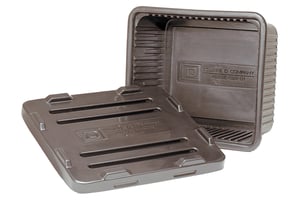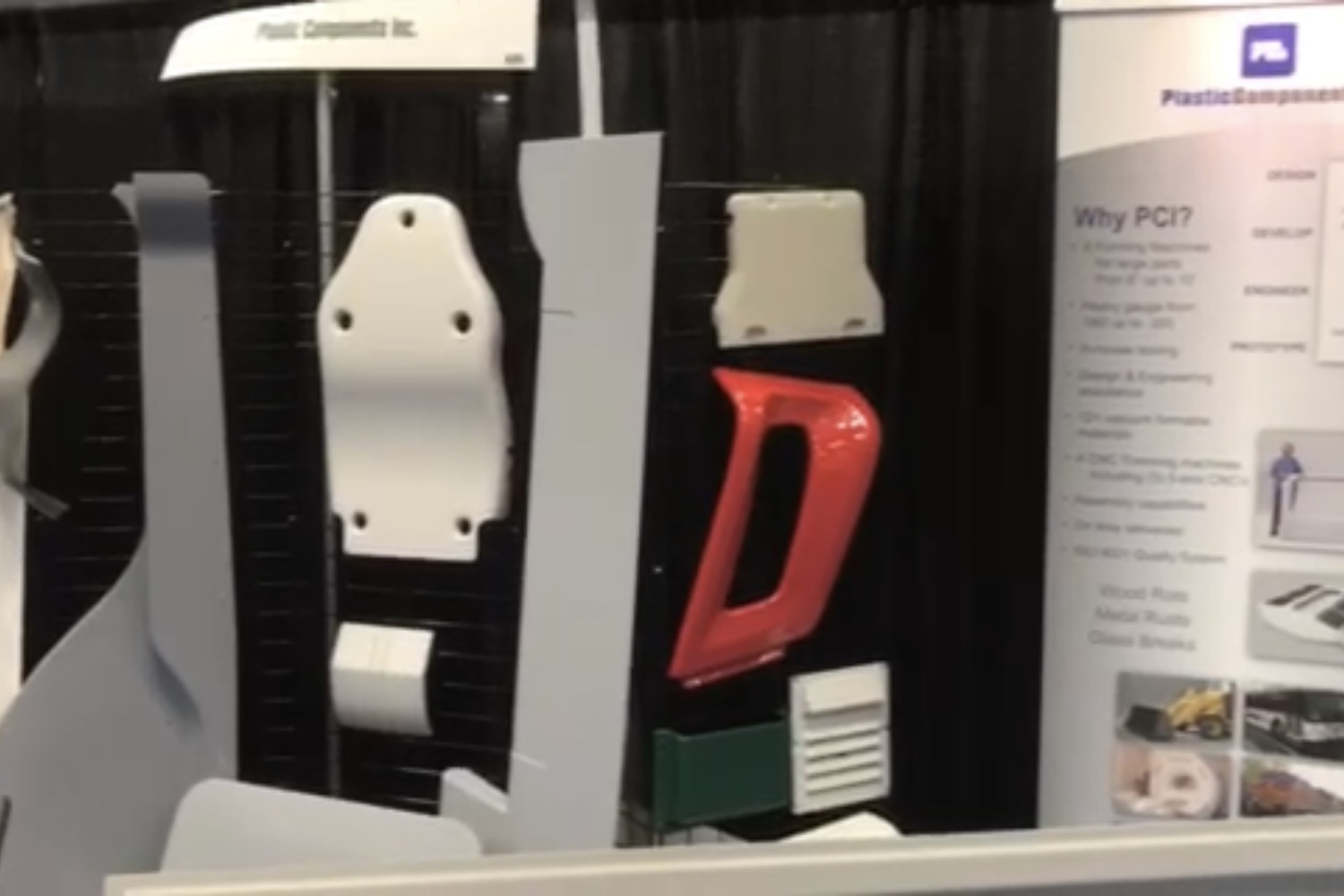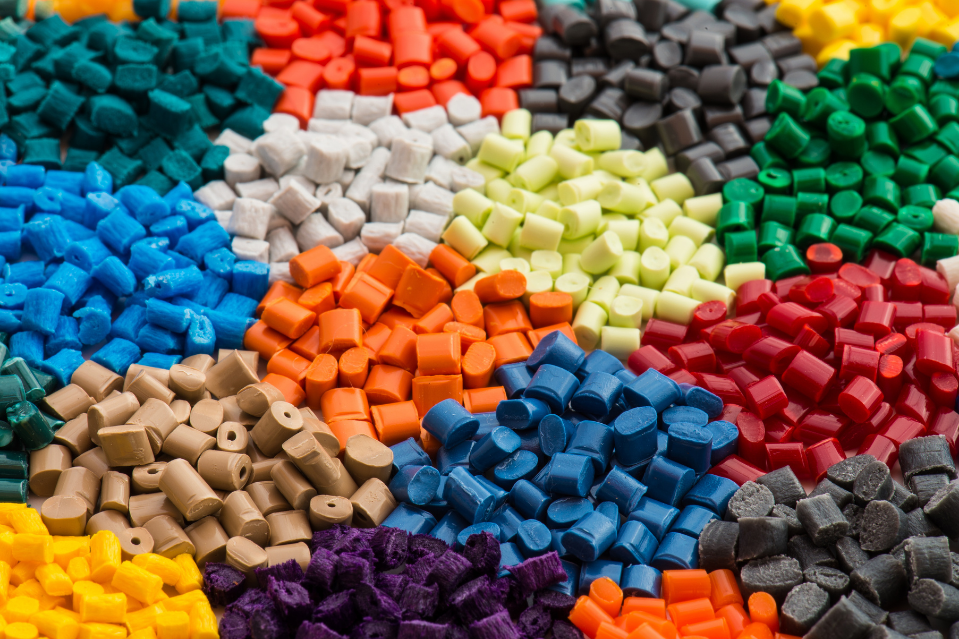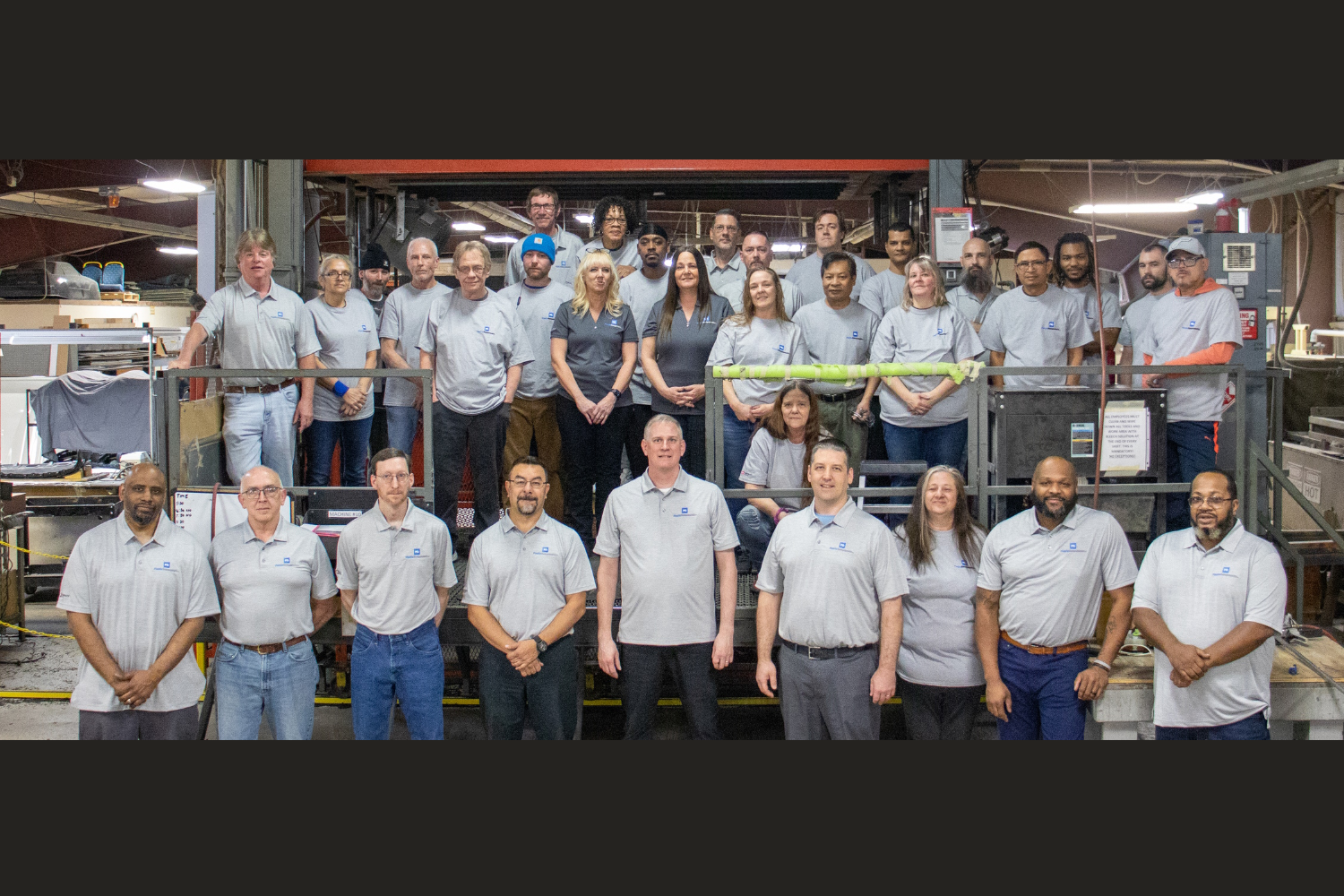Thermoforming is a manufacturing process used to turn plastic sheets into usable parts and products. It involves first heating the plastic sheet until it becomes pliable and then forming it across a mold. The material is then allowed to cool, which enables it to maintain its shape after it is removed from the mold.
 Thermoforming operations can be classified into two categories: thick gauge and thin gauge. The two use distinct techniques and technologies that make them suitable for different manufacturing applications. The following blog post provides an overview of them to serve as a guide that helps readers decide which one is right for their needs.
Thermoforming operations can be classified into two categories: thick gauge and thin gauge. The two use distinct techniques and technologies that make them suitable for different manufacturing applications. The following blog post provides an overview of them to serve as a guide that helps readers decide which one is right for their needs.
Overview of Thick Gauge Thermoforming
Thick gauge thermoforming is ideal for creating components for applications where durability and longevity are critical. It generally utilizes plastics that are more than 0.06 inches in thickness. This relatively high thickness results in greater component strength and toughness. Additionally, it makes the process better suited for manufacturing larger components.
Production volumes for thick gauge thermoforming operations range from low to medium quantities. They generally involve less than 10,000 units per year.
Some of the common thermoplastic materials used in thick gauge thermoforming operations include:
- Acrylonitrile butadiene styrene (ABS)
- High-density polyethylene (HDPE)
- Polycarbonate
- Polypropylene
Typical parts and products made through thick gauge thermoforming include:
- Equipment covers
- Electronic equipment enclosures
- Kiosk enclosures
- Medical device enclosures
- Transportation interior parts
Overview of Thin Gauge Thermoforming
Thin gauge thermoforming is commonly used to create components that are disposable and/or recyclable. It utilizes plastics that are less than 0.06 inches in thickness. This relatively low thickness results in greater component flexibility.
The fast production speeds of thin gauge thermoforming allow parts and products to be customized and manufactured in large quantities quickly. Typical annual production volumes are more than 10,000 units.
Some of the common thermoplastic materials used in thin gauge thermoforming operations include:
- Clear polyvinyl chloride (PVC)
- Polyethylene terephthalate (PET)
- Polyethylene terephthalate glycol (PETG)
- Polypropylene
Typical parts and products made through thin gauge thermoforming include:
- Clamshell packaging
- Disposable cups, trays, and plates
- Foodservice packaging
- Small medical device packaging
Partner With PCI for Your Custom Thermoformed Plastic Parts Needs
Thermoforming can be used to create a variety of components for a wide range of industries and applications. However, it is important to use the proper process as well as partner with the right company to ensure the production of a quality product.
At Plastic Components, Inc. (PCI), we specialize in the design and manufacture of large and heavy-duty thermoformed plastic components. Armed with over four decades of thermoforming experience, our team has the knowledge and skills to make custom thermoformed parts and products that meet nearly any customer’s specifications and standards. In addition to our thermoforming capabilities, we also offer design assistance, tooling design, engineering, and building services to ensure we can provide complete solutions to our customers.
By partnering with us, you can benefit from:
- Faster tool lead times
- Lower tool costs
- Easier component installation and assembly
- Greater project efficiency and cost-effectiveness
- Better satisfaction with the final product solution
To learn more about our thermoforming capabilities or work with us on your next project, contact us today.



